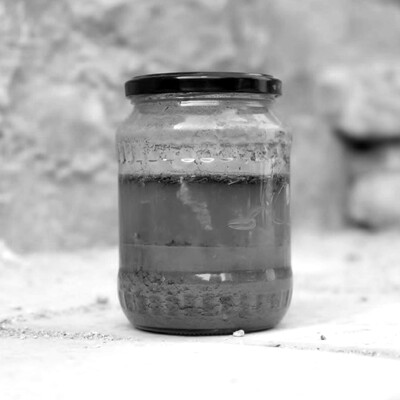
Fieldwork: soil laboratory analysis
The team is using different soil analysis methods that vary in effort, requirements and accuracy. The quantitative analysis of a soil sample in the lab is one of the most common and standardized methods globally. The team is working with a local soil scientist to analyze the basic physical and chemical properties of the soils in the Garden of the XXI Century in Senan. The tests include soil texture, pH, electrical conductivity, organic matter, calcium carbonate equivalent and micro- and macronutrients. For this, 100 grams of the soil sample was taken from the A-horizon in a depth of 10 cm. The 0-horizon was removed before taking samples. The soil scientist planned a set-up of repeated testing inside and outside the gardens. This allows to evaluate the differences between a management model and a non-management model (natural evolution / control area). The soil tests will be repeated every five years.
References:
Food and Agricultural Organization FAO (2020). State of knowledge of soil biodiversity - Status, challenges and potentialities, Report 2020. Rome, FAO.


